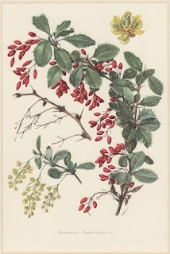
 2
2




 1
1










Peter Ellis wrote:Goats may be able to help you manage your unwanted understory elements. When you say "keep the deer at bay", what do you mean? IMO having a healthy forest ecosystem is going to involve having healthy fauna along with the flora, i.e., you're going to get deer. Consider what kinds of understory plants you want and cross-reference for what will work in your location (or reverse that order, look at what will grow in your location and figure out which selections you want). Sounds like a major portion of the work has already been done for this cycle, in terms of the spacing and your reports of the current stand. I would agree that coppice is a good plan, but if you haven't studied it, there's more involved than just cutting trees and letting them regrow ;)
My own twenty acre woodland hasn't been managed since it was last open land, roughly 100 years ago. Lots of work to bring this place into reasonable form ;)
 1
1




Aim High. Fail Small.
Repeat.
 2
2




 1
1




Aim High. Fail Small.
Repeat.
 4
4




... Maybe the trees haven't been managed as much or as recently, but barberry is a general problem in the region...
'What we do now echoes in eternity.' Marcus Aurelius
How Permies Works Dr. Redhawk's Epic Soil Series
 1
1




Aim High. Fail Small.
Repeat.
 1
1





| I agree. Here's the link: http://stoves2.com |



